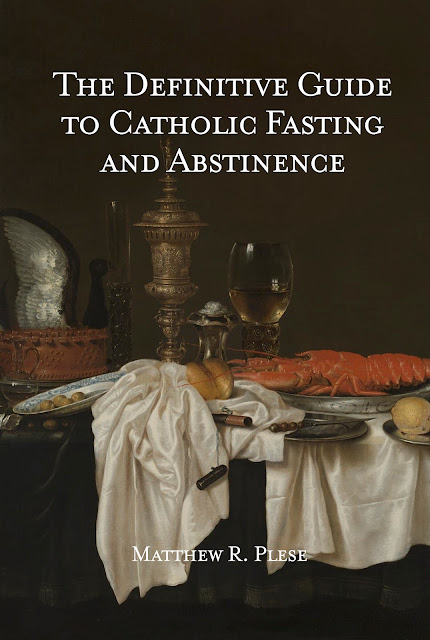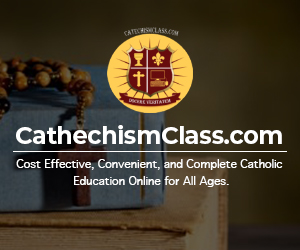SPONSOR: This Devotion is being sponsored again this year by CatechismClass.com. Whether you are looking for godparent preparation courses, sacramental preparation for your children, or just to learn the faith better as an adult, CatechismClass.com has classes for all ages and walks of life. Check out CatechismClass.com's affordable programs and make it a New Year's resolution to learn and live the Faith better than ever.
You can read about the past devotions in the following posts:- 2006 Saint for the Year Devotion
- 2007 Saint for the Year Devotion
- 2008 Saint for the Year Devotion
- 2010 Saint for the Year Devotion
- 2011 Saint for the Year Devotion
- 2012 Saint for the Year Devotion
- 2013 Saint for the Year Devotion
- 2014 Saint for the Year Devotion
- 2015 Saint for the Year Devotion
- 2016 Saint for the Year Devotion
- 2017 Saint for the Year Devotion
- 2018 Saint for the Year Devotion
- 2019 Saint for the Year Devotion
- 2020 Saint for the Year Devotion
- 2021 Saint for the Year Devotion
- 2022 Saint for the Year Devotion
- 2023 Saint for the Year Devotion
- 2024 Saint for the Year Devotion
- 2025 Saint for the Year Devotion
“There is a custom among us of drawing by lot, on New Year's Day, special Patrons for ourselves for the whole year. In the morning during meditation, there arose within me a secret desire that the Eucharistic Jesus be my special Patron for this year also, as in the past. But, hiding this desire from my Beloved, I spoke to Him about everything else but that. When we came to refectory for breakfast, we blessed ourselves and began drawing our patrons. When I approached the holy cards on which the names of the patrons were written, without hesitation I took one, but I didn't read the name immediately as I wanted to mortify myself for a few minutes. Suddenly, I heard a voice in my soul: ‘I am your patron. Read.’ I looked at once at the inscription and read, ‘Patron for the Year 1935 - the Most Blessed Eucharist.’ My heart leapt with joy, and I slipped quietly away from the sisters and went for a short visit before the Blessed Sacrament, where I poured out my heart. But Jesus sweetly admonished me that I should be at that moment together with the sisters. I went immediately in obedience to the rule.”Excerpt from Divine Mercy in My Soul, the Diary of St. Faustina"
Over the years, I've heard from many people about the great connection they have with their special patrons. Here is one of those stories from the past:
I have Saints Marcus and Marcellianus ... they are twin brothers who were sent to prison before their death. St. Sebastian visited them continually in prison and helped keep their faith alive. They are buried near St. Felix and are specifically honored in Spain. OK now ... here are a couple of immediate ironies in regard to these saints ... I have a SPECIAL place in my heart for twins! As a child, I LOVED reading the story about St. Sebastian. I had a children's book of saints and I think I wore out the pages on St. Sebastian! Felix is my grandfather's name! Silvia, our exchange student, is from Spain! I am so excited to have these two saints to walk through 2006 with me! I'm looking forward as to where and how they will intercede for me.How do I enter?



















